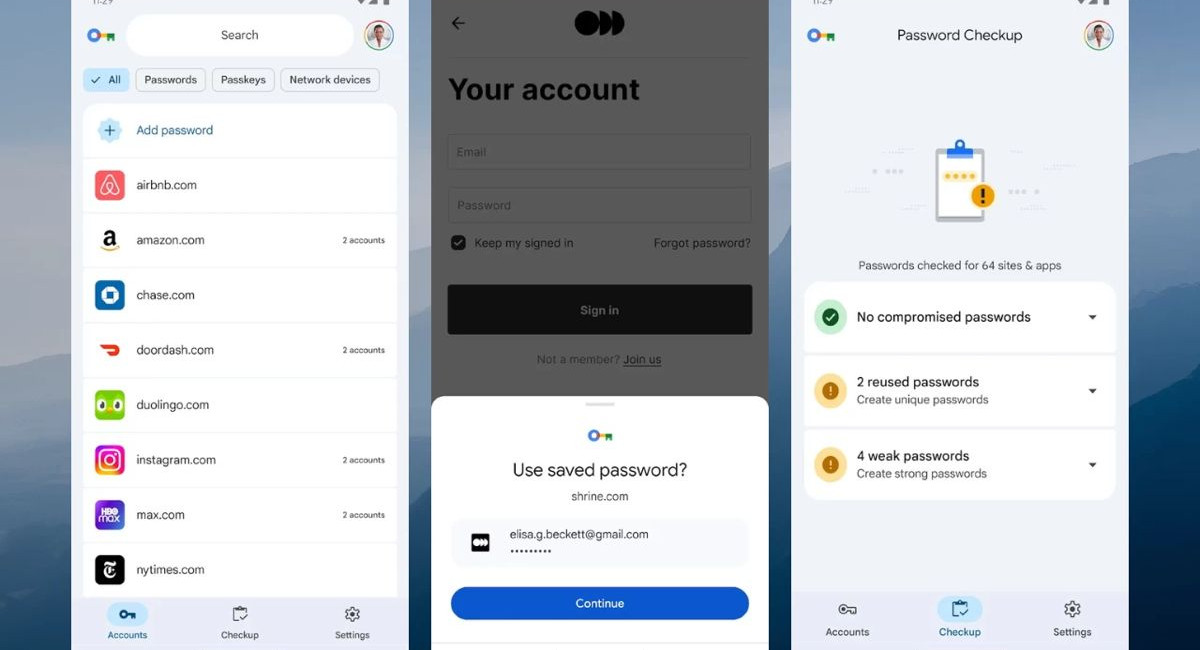SEARCH
Google introduces standalone Password Manager app for Android

SHARE IT
Google has officially launched a standalone version of its Password Manager for Android, marking a significant step in the company’s efforts to make its password management tools more visible and competitive. Previously embedded within Chrome, the service is now available as a dedicated app, offering users a more straightforward way to view, manage, and organize saved passwords, passkeys, and login credentials directly from their devices.
The decision to separate Password Manager from Chrome reflects Google’s strategy to raise awareness of the tool among Android users and to better compete with established password management services such as LastPass and 1Password. Until now, many users were unaware of the feature, as it was largely hidden within browser settings. By moving the service to the Play Store, Google not only increases visibility but also creates a clearer, more direct pathway for users to access, update, and engage with the app.
Functionally, the standalone Password Manager app does not introduce new capabilities. It essentially mirrors the features already available in the integrated version, allowing users to view saved passwords, edit login information, and manage passkeys. However, having a dedicated app can simplify the experience for some users who prefer a centralized tool rather than navigating through browser menus. The clean interface ensures that users can quickly access their credentials without unnecessary steps, a convenience that could appeal to both casual users and those who rely on multiple devices.
One of the most notable aspects of the new app is its Material 3 design refresh. Google has aligned the visual style of Password Manager with the broader Android ecosystem, giving it a modern, clean appearance. While the core functionality remains the same, the updated design hints at the potential for future enhancements. Google may expand the app with new features, such as advanced password suggestions, cross-device synchronization improvements, or enhanced security tools, positioning it as a more direct competitor to third-party password management solutions.
From a business perspective, the standalone app allows Google to compete more openly in a market that has seen growing demand for dedicated password management services. Tools like LastPass and 1Password have long attracted users who value ease of access, strong encryption, and integrated security features. By giving Password Manager its own identity in the Play Store, Google now has a more visible foothold in this competitive space. The move also enables the company to more efficiently distribute updates and communicate new features to users, rather than relying on Chrome updates to deliver improvements.
The release of the Password Manager app also reinforces Google’s broader security strategy. As cyber threats continue to evolve, users increasingly rely on password management tools to keep their accounts safe. By making it easier to manage credentials and monitor stored login information, Google is encouraging safer online practices across its ecosystem. Users can now see all their saved passwords in one place, edit entries on the go, and manage passkeys without opening a browser. The convenience of a dedicated app may increase adoption and usage, potentially strengthening account security for a wider base of Android users.
While the initial version of the app focuses on replicating existing functionality, its presence in the Play Store signals Google’s long-term intentions. The company can use this platform to gradually introduce new features, integrate AI-driven password suggestions, or provide alerts for compromised credentials. The standalone app format also makes it easier for Google to experiment with usability improvements and security enhancements without tying them to browser updates, giving users a more responsive experience.
MORE NEWS FOR YOU

 Help & Support
Help & Support 

